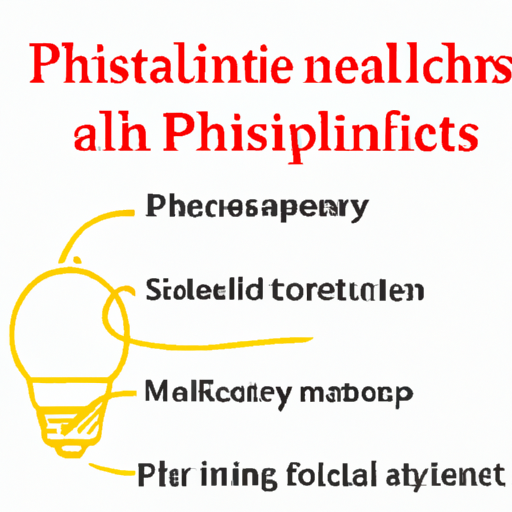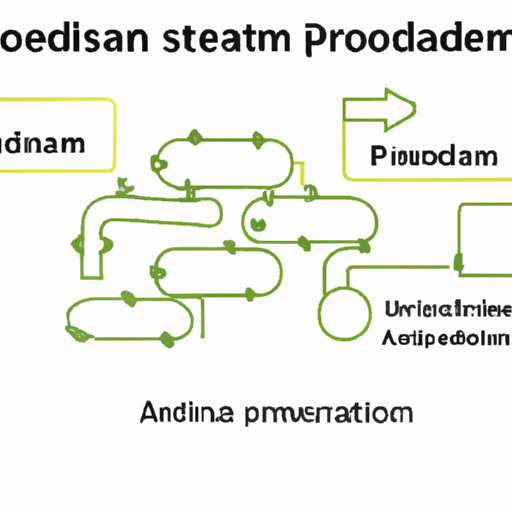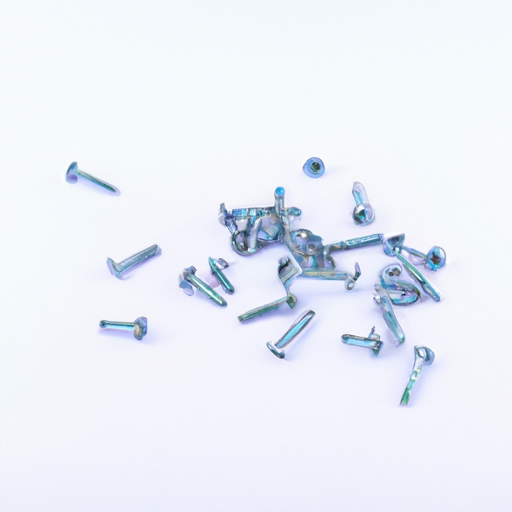
A frame is a structural element that provides support and shape to a building or other structure. It is typically made of wood, steel, or other materials and is designed to bear the weight of the structure and distribute it evenly to the ground. Frames are essential components of buildings, bridges, and other structures, as they provide stability and strength.In construction, frames are used to create the skeleton of a building, which is then filled in with walls, floors, and other elements to create a complete structure. Frames can be made of various materials, including wood, steel, concrete, and aluminum, depending on the specific requirements of the project.There are several different types of frames used in construction, each with its own unique characteristics and advantages. Some common types of frames include:- Wood frames: Wood frames are one of the oldest and most traditional types of framing used in construction. They are lightweight, easy to work with, and can be easily customized to fit the specific needs of a project. Wood frames are commonly used in residential construction, as well as in smaller commercial buildings.- Steel frames: Steel frames are strong, durable, and resistant to fire and pests, making them an ideal choice for larger commercial and industrial buildings. Steel frames are also lightweight and can be easily prefabricated off-site and assembled on-site, which can help to reduce construction time and costs.- Concrete frames: Concrete frames are extremely strong and durable, making them ideal for buildings that need to withstand heavy loads or harsh environmental conditions. Concrete frames are commonly used in high-rise buildings, parking structures, and other large-scale projects.- Aluminum frames: Aluminum frames are lightweight, corrosion-resistant, and easy to work with, making them a popular choice for residential and commercial construction projects. Aluminum frames are also recyclable, making them a sustainable choice for environmentally conscious builders.In addition to providing structural support, frames also play a crucial role in the energy efficiency and sustainability of a building. By using high-quality materials and incorporating energy-efficient design features, such as insulation and thermal breaks, frames can help to reduce energy consumption and lower operating costs.Overall, frames are essential components of any building or structure, providing support, stability, and strength. By choosing the right type of frame for a project and incorporating energy-efficient design features, builders can create structures that are not only safe and durable but also environmentally friendly and cost-effective.

Shell is a versatile material that has been used in various industries for centuries. From construction to cosmetics, the applications of shell are vast and diverse. As a result, there are numerous important patents related to shell in different industries. In this article, we will explore some of the key industries that contain important patents related to shell.1. Construction Industry:
Shell has been used in the construction industry for centuries, particularly in the form of mother of pearl. Mother of pearl is a strong, iridescent material that is derived from the inner layer of certain shells. It has been used to adorn buildings, furniture, and decorative items for centuries. In the construction industry, there are several important patents related to the use of shell as a building material. For example, there are patents related to the use of mother of pearl in flooring, wall coverings, and decorative elements in buildings.2. Jewelry Industry:
Shell has long been used in the jewelry industry for its beauty and durability. Mother of pearl, in particular, is a popular material for making jewelry due to its iridescent quality. There are numerous patents related to the use of shell in jewelry design and manufacturing. These patents cover various aspects of jewelry making, such as cutting and shaping techniques, setting methods, and design innovations.3. Cosmetics Industry:
Shell is also used in the cosmetics industry for its exfoliating and polishing properties. Crushed shells are often used in exfoliating scrubs and polishes to remove dead skin cells and reveal smoother, brighter skin. There are patents related to the use of shell in cosmetic formulations, as well as patents related to the manufacturing processes for shell-based cosmetic products.4. Pharmaceutical Industry:
Shell has also found applications in the pharmaceutical industry. For example, calcium carbonate derived from shells is used as a dietary supplement to support bone health. There are patents related to the extraction and purification of calcium carbonate from shells, as well as patents related to the formulation and delivery of calcium carbonate supplements.5. Food Industry:
Shell is used in the food industry in various forms, such as shellfish shells for flavoring and calcium carbonate from shells as a food additive. There are patents related to the use of shell in food processing and packaging, as well as patents related to the development of new food products incorporating shell-derived ingredients.6. Automotive Industry:
Shell is also used in the automotive industry for various applications, such as in the production of lightweight components and decorative trim. There are patents related to the use of shell in automotive design and manufacturing, as well as patents related to the development of new materials and processes for incorporating shell into automotive products.In conclusion, shell is a versatile material that has found applications in a wide range of industries. From construction to cosmetics, jewelry to pharmaceuticals, shell has been used in various forms for centuries. As a result, there are numerous important patents related to shell in different industries, covering a wide range of applications and innovations. These patents reflect the ongoing research and development efforts to harness the unique properties of shell for various industrial applications.

The appendix is a small, tube-like organ located at the junction of the small and large intestines in the lower right side of the abdomen. Despite its small size, the appendix plays an important role in the immune system, as it contains lymphatic tissue that helps fight off infections. However, the appendix is not considered essential for human survival, and in some cases, it can become inflamed and infected, leading to a condition known as appendicitis.When appendicitis occurs, the inflamed appendix must be removed through a surgical procedure called an appendectomy. This procedure is one of the most common emergency surgeries performed worldwide, with over 300,000 appendectomies performed in the United States alone each year. The mainstream appendix production process involves several key steps, from the initial diagnosis of appendicitis to the surgical removal of the appendix and the post-operative care of the patient.The first step in the mainstream appendix production process is the diagnosis of appendicitis. This typically involves a physical examination by a healthcare provider, as well as imaging tests such as ultrasound or CT scans to confirm the diagnosis. Symptoms of appendicitis can include abdominal pain, fever, nausea, and vomiting, and a diagnosis must be made quickly to prevent complications such as a ruptured appendix.Once a diagnosis of appendicitis has been confirmed, the next step in the mainstream appendix production process is the surgical removal of the inflamed appendix. This procedure is typically performed under general anesthesia and can be done using either traditional open surgery or minimally invasive laparoscopic surgery. In laparoscopic surgery, several small incisions are made in the abdomen, and a tiny camera and surgical instruments are used to remove the appendix. This approach is less invasive and typically results in a faster recovery time for the patient.During the appendectomy procedure, the surgeon carefully removes the inflamed appendix and closes the incision with sutures or staples. The removed appendix is then sent to a pathology lab for examination to confirm the diagnosis of appendicitis and rule out any other underlying conditions. In some cases, the appendix may be found to contain a tumor or other abnormal growth, which may require further treatment.After the appendectomy procedure, the patient is typically monitored closely for any signs of complications such as infection or bleeding. Pain medication and antibiotics may be prescribed to help manage pain and prevent infection. Most patients are able to go home within a day or two after surgery and can resume normal activities within a few weeks.In conclusion, the mainstream appendix production process involves the diagnosis and surgical removal of an inflamed appendix in patients with appendicitis. This common procedure is essential for treating appendicitis and preventing complications such as a ruptured appendix. With advances in surgical techniques and post-operative care, most patients can expect a successful recovery and return to normal activities after an appendectomy.

Fasteners are essential components in various industries, including construction, automotive, aerospace, and manufacturing. These small but crucial components are used to join two or more objects together securely. There are numerous types of fasteners available in the market, each with its unique features and applications. In this article, we will discuss some of the most popular models of fasteners and their uses.1. Screws:
Screws are one of the most common types of fasteners used in a wide range of applications. They consist of a threaded shaft with a head at one end and are typically used to fasten objects together by turning them into a pre-drilled hole. There are various types of screws available, including wood screws, machine screws, self-tapping screws, and sheet metal screws. Wood screws are designed for use in wood applications, while machine screws are used in metal applications. Self-tapping screws are used to create their threads in materials like plastic or metal, while sheet metal screws are designed for use in thin metal sheets.2. Bolts:
Bolts are similar to screws but are typically larger and have a flat end instead of a pointed one. They are used with nuts to fasten objects together and provide a more secure connection than screws. Bolts come in various types, including hex bolts, carriage bolts, and eye bolts. Hex bolts have a hexagonal head and are used with a nut and washer for a secure connection. Carriage bolts have a rounded head and a square neck that prevents them from turning when tightened. Eye bolts have a looped head and are used for lifting or hanging objects.3. Nuts:
Nuts are used in conjunction with bolts to secure objects together. They are typically hexagonal in shape and come in various sizes to fit different bolt diameters. Nuts are available in different materials, including steel, stainless steel, and brass, depending on the application requirements. Some common types of nuts include hex nuts, lock nuts, and wing nuts. Hex nuts are the most common type and are used with bolts to secure objects together. Lock nuts have a nylon insert that prevents them from loosening due to vibrations. Wing nuts have two wings that allow for hand tightening without the need for tools.4. Washers:
Washers are thin, flat discs with a hole in the center that are placed between the nut and the surface being fastened. They distribute the load evenly and prevent the nut from digging into the surface, thereby providing a more secure connection. There are various types of washers available, including flat washers, lock washers, and spring washers. Flat washers are the most common type and are used to distribute the load over a larger area. Lock washers have teeth or ridges that bite into the surface to prevent the nut from loosening. Spring washers are curved to provide a constant tension on the nut, preventing it from loosening due to vibrations.5. Rivets:
Rivets are permanent fasteners that are used to join two or more objects together by deforming the end of the rivet to create a secure connection. They are commonly used in applications where welding or screwing is not possible or practical. There are various types of rivets available, including solid rivets, blind rivets, and tubular rivets. Solid rivets are the most basic type and are used in heavy-duty applications. Blind rivets are used in applications where access to the back of the workpiece is limited. Tubular rivets are hollow and are used in applications where a watertight seal is required.6. Anchors:
Anchors are fasteners used to secure objects to a surface that cannot support the weight or load on its own. They are commonly used in applications where screws or bolts cannot be used, such as in concrete or masonry. There are various types of anchors available, including concrete anchors, drywall anchors, and toggle anchors. Concrete anchors are used to secure objects to concrete surfaces, while drywall anchors are used in drywall or plaster walls. Toggle anchors are used in hollow walls or ceilings and provide a secure connection by expanding behind the surface.In conclusion, fasteners are essential components in various industries and play a crucial role in joining objects together securely. There are numerous types of fasteners available, each with its unique features and applications. Some of the most popular models of fasteners include screws, bolts, nuts, washers, rivets, and anchors. Understanding the different types of fasteners and their uses can help in selecting the right fastener for a specific application, ensuring a secure and reliable connection.